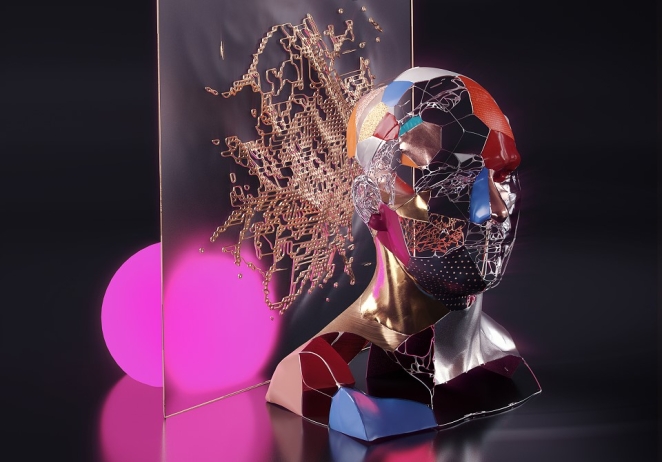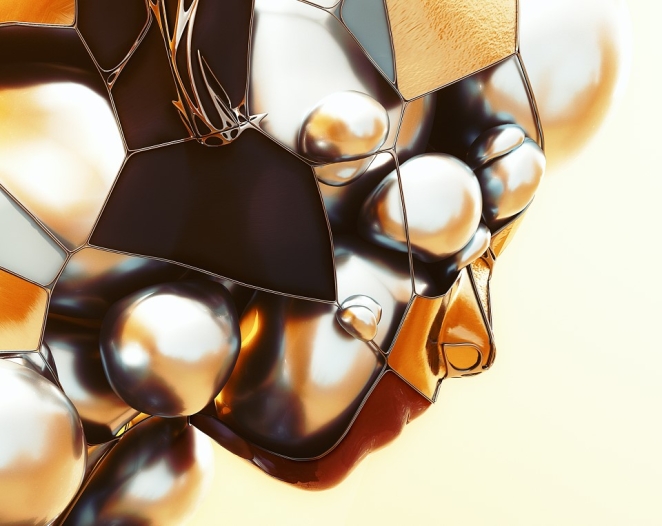Design thinking is a non-linear, iterative process that teams use to understand users, challenge assumptions, redefine problems and create innovative solutions to prototype and test.
Involving five phases— Empathise, Define, Ideate, Prototype and Test—it is most useful to tackle problems that are ill-defined or unknown. In user experience (UX) design specifically, it’s crucial to develop and refine skills to understand and address rapid changes in users’ environments and behaviours.

Design teams use design thinking to tackle ill-defined/unknown problems because they can reframe these in human-centric ways and focus on what’s most important for users. Of all design processes, design thinking is almost certainly the best for “thinking outside the box”. With it, teams can do better UX research, prototyping and usability testing to uncover new ways to meet users’ needs.
So, where does ideation come into play?
Ideation is the process where you generate ideas and solutions through sessions such as Sketching, Prototyping, Brainstorming, Brainwriting, Worst Possible Idea, and a wealth of other ideation techniques.
Ideation is also the third stage in the Design Thinking process. Although many people might have experienced a “brainstorming” session before, it is not easy to facilitate a truly fruitful ideation session.
Mads Soegaard, Founder of The Interaction Design Foundation, comments: -

"Ideation is often the most exciting stage in a Design Thinking project because, during ideation, the aim is to generate a large quantity of ideas that the team can then filter and cut down into the best, most practical or most innovative ones in order to inspire new and better design solutions and products.
Ideation will help you to ask the right questions and innovate with a strong focus on your users, their needs, and your insights about them, step beyond the obvious solutions and therefore increase the innovation potential of your solution, bring together perspectives and strengths of your team members while at the same time, uncovering unexpected areas of innovation."

Ideation eliminates the all too familiar designer's nightmare of staring at a blank page unable to conjure up ideas from the creative ether, Design Thinking’s first two modes, Empathise and Define, gives you a solid base to launch relevant and well-informed ideas, which hit the mark in surprising and delightful ways.
Sometimes it will make sense to visibly display personas, stories, scenarios and other maps from which you have derived insights and the Point Of View to keep the ship steering in the appropriate direction during your ideation session.
When you've got your Point Of View, you'll start asking “How Might We?” questions and you might feel as if you've already walked a long hard road to get there. Be prepared to throw all of your ideas that come to you out there.
Are you worried others may poke fun at your ideas? Are you concerned your manager may shoot down your ideas? Have no fear; no idea is a bad idea. True creativity really thrives within constraints, not on absolutely limitless possibilities.





